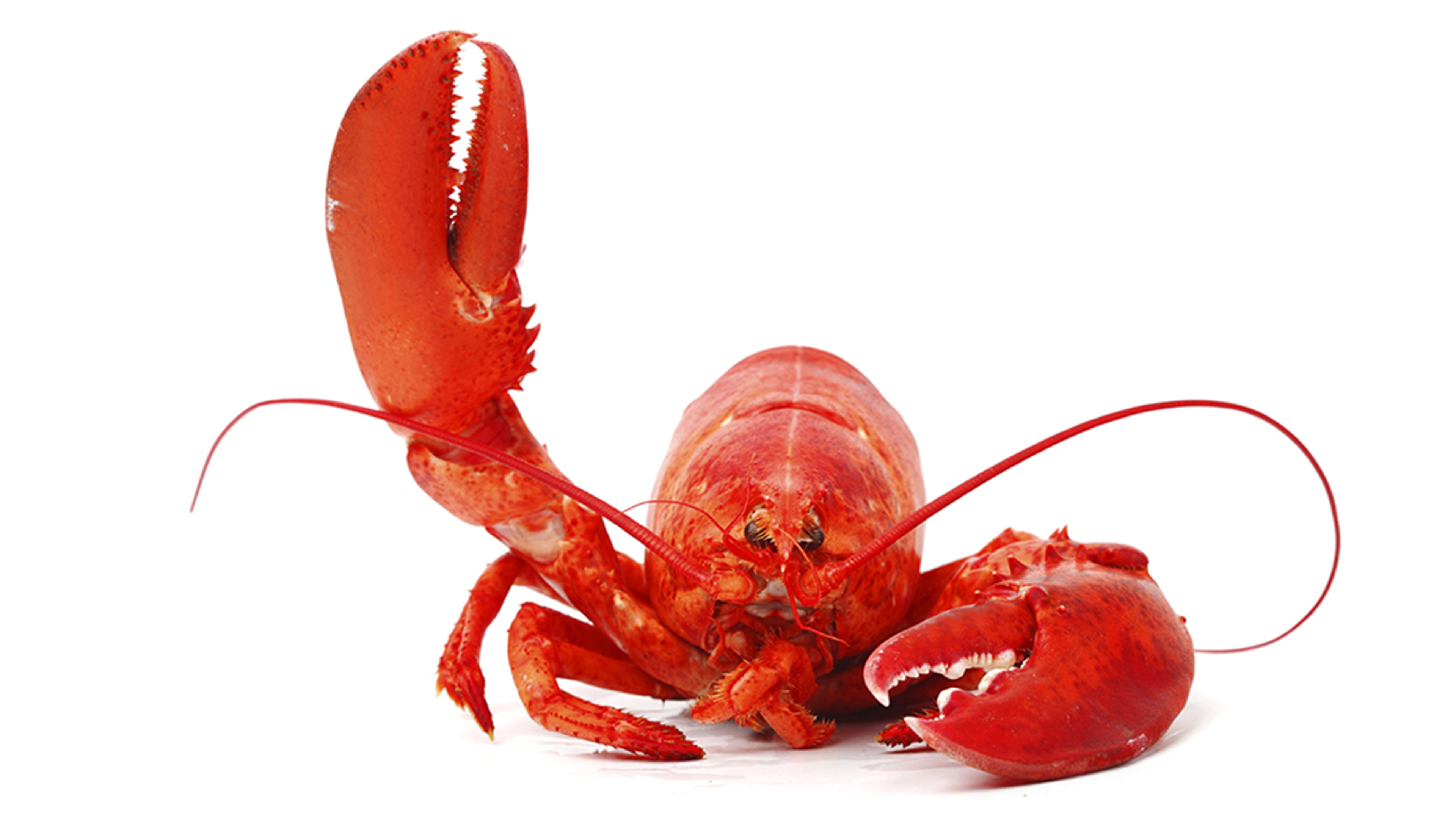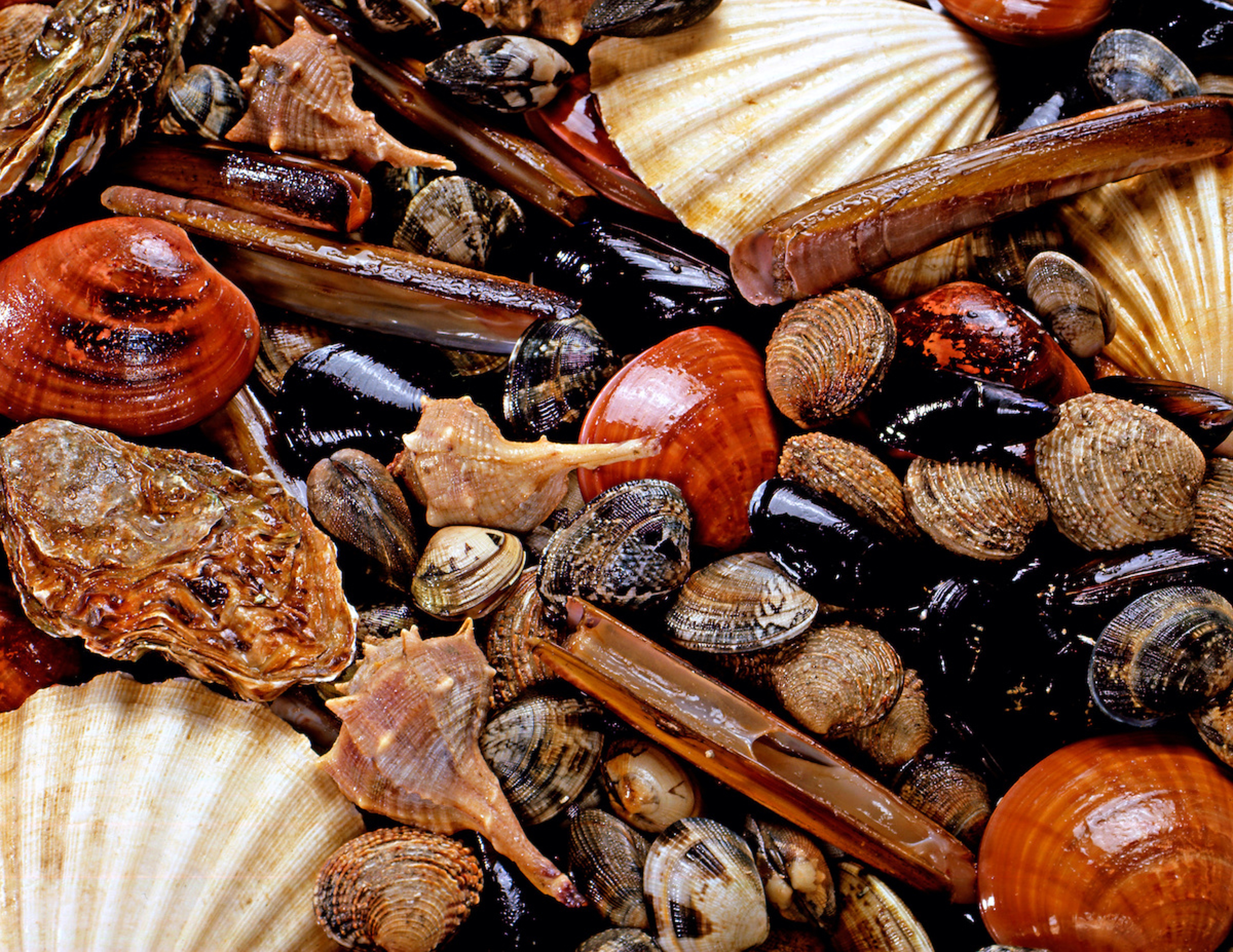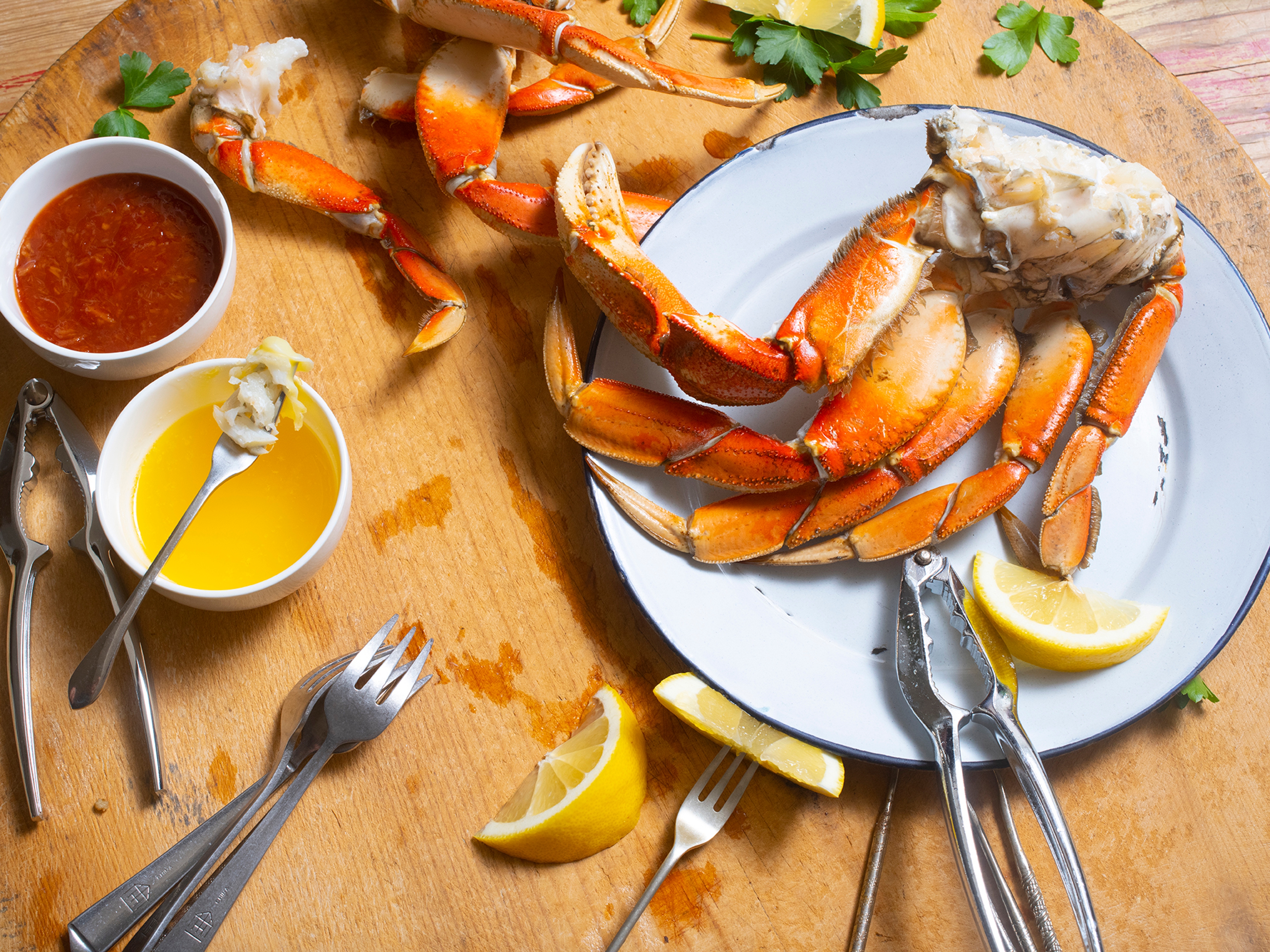How to Eat Mussels Around the World
Mussels are loved worldwide, and they are enjoyed in a variety of ways. Here are five.
Dec 14, 2022
You may have seen them, clusters of hard black shells, on the side of a pier, or jetty. These creatures are good sea citizens, asking for nothing but a firm perch from which they filter out tiny organisms for food. They are easy to farm sustainably and highly nutritious.
In fact, humans and mussels appear to go way back. Eating mussels and other smash-open-with-a-rock shellfish may have helped make us into Homo sapiens. The nutrient-rich little shellfish, some research suggests, allowed proto-humans to grow large brains, leaving the other primates behind.
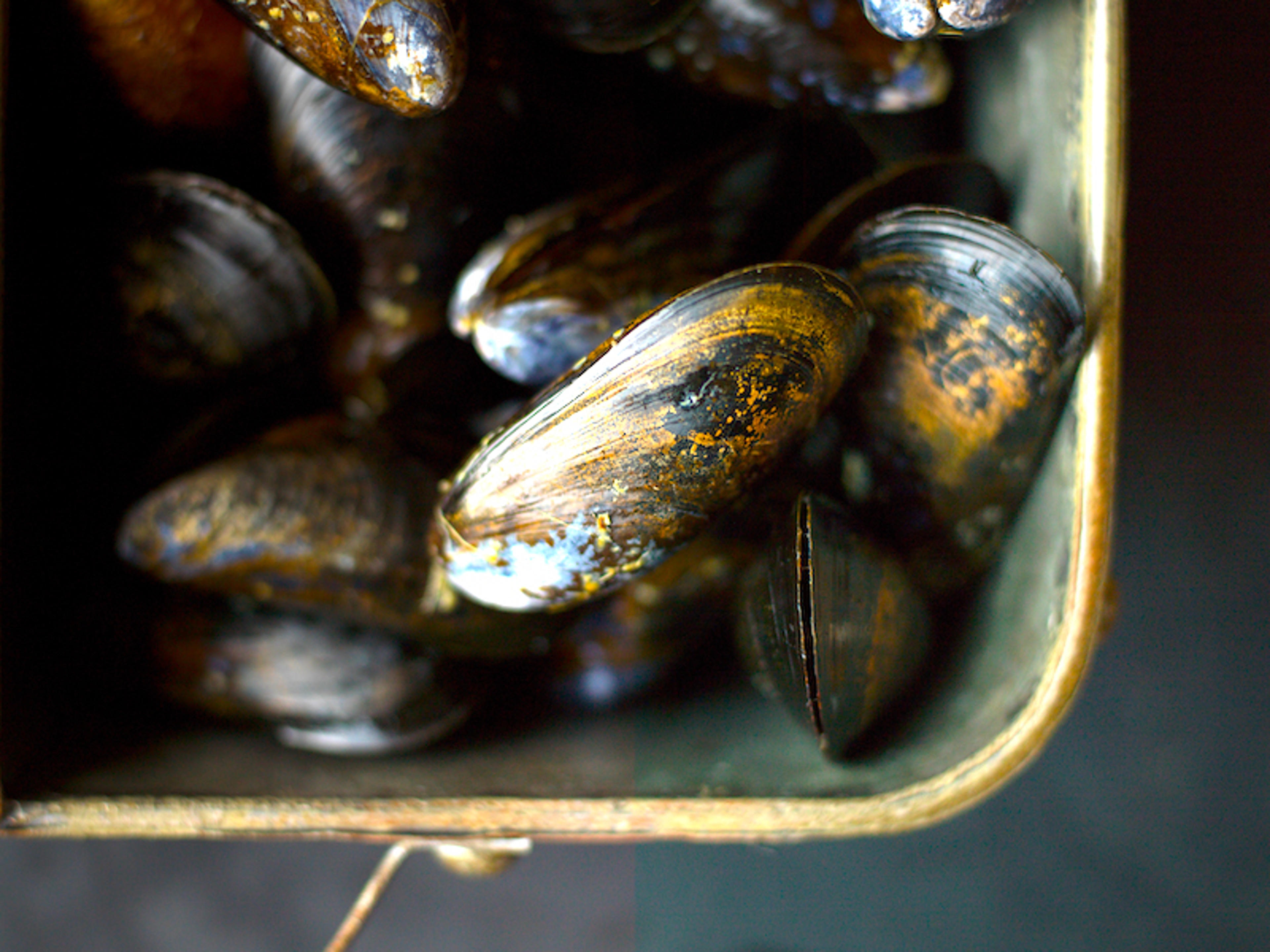
A pound of mussels in the shell makes a dinner entree, about four ounces of meat, for one person or an appetizer for two to share. That’s about 28 grams of protein and 200 calories packed with omega-3 fats, vitamin B12, selenium, and manganese.
Here are some of the reasons you might shell out to put mussels on your menu.
You prefer Belgian food to French
There’s no contest, as far as I’m concerned. Any small spot in Belgium serves outstanding meals, while in Paris you have to spend big money to get the same quality. You can’t miss mussels in Belgium.
Abundant along the coasts of the North Sea, mussels have arrived daily in Antwerp and Brussels by canal for centuries. Considered a poor family’s meat, they provided protein during the winter when other fish was less available.

The classic moules frites are a pot of mussels in white wine sauce with shallots and parsley, accompanied by crispy thin fries for dipping. Moules à la crème thickens the stock and in moules à la bière beer replaces wine. Moules a la mariniere are served on half shells with a vinegar sauce.
If you’re feeling brave while strolling through Brussels’ restaurant-intensive European District, try the eel in green sauce. I love that, too.
You pine for Dublin
The city’s unofficial anthem, “Cockles and Mussels,” aka “Molly Malone,” tells the story of a young Molly who wandered the streets selling her wares until she dies of fever and haunts the city. A cockle has a round, slightly ribbed heart-shaped shell—order them in Dublin, or when you’re in Portugal, where they are just as beloved!
You care about the environment
The mussels you’ll see in the United States are blue mussels, native to New England waters but also found along the Pacific coast. Another kind, green-lipped mussels, comes from New Zealand.
Blue mussels are a top “eco-friendly” choice by the Environmental Defense Fund. Fishers capture blue mussels with hand rakes or dredges. If they’re using rakes they return any unneeded extra fish, called bycatch, to the habitat unharmed. Some fishers use dredges that can pick up other species but most states limit the damage, the Monterey Bay Aquarium reports.
However, farmed blue mussels are rated a “Best Choice,” by the Aquarium’s Seafood Watch. Mussel-farming is a form of aquaculture that’s catching on in the United States as a sustainable option. One reason is that you don’t need to feed other fish to mussels, a common practice in aquaculture that causes untold environmental damage.
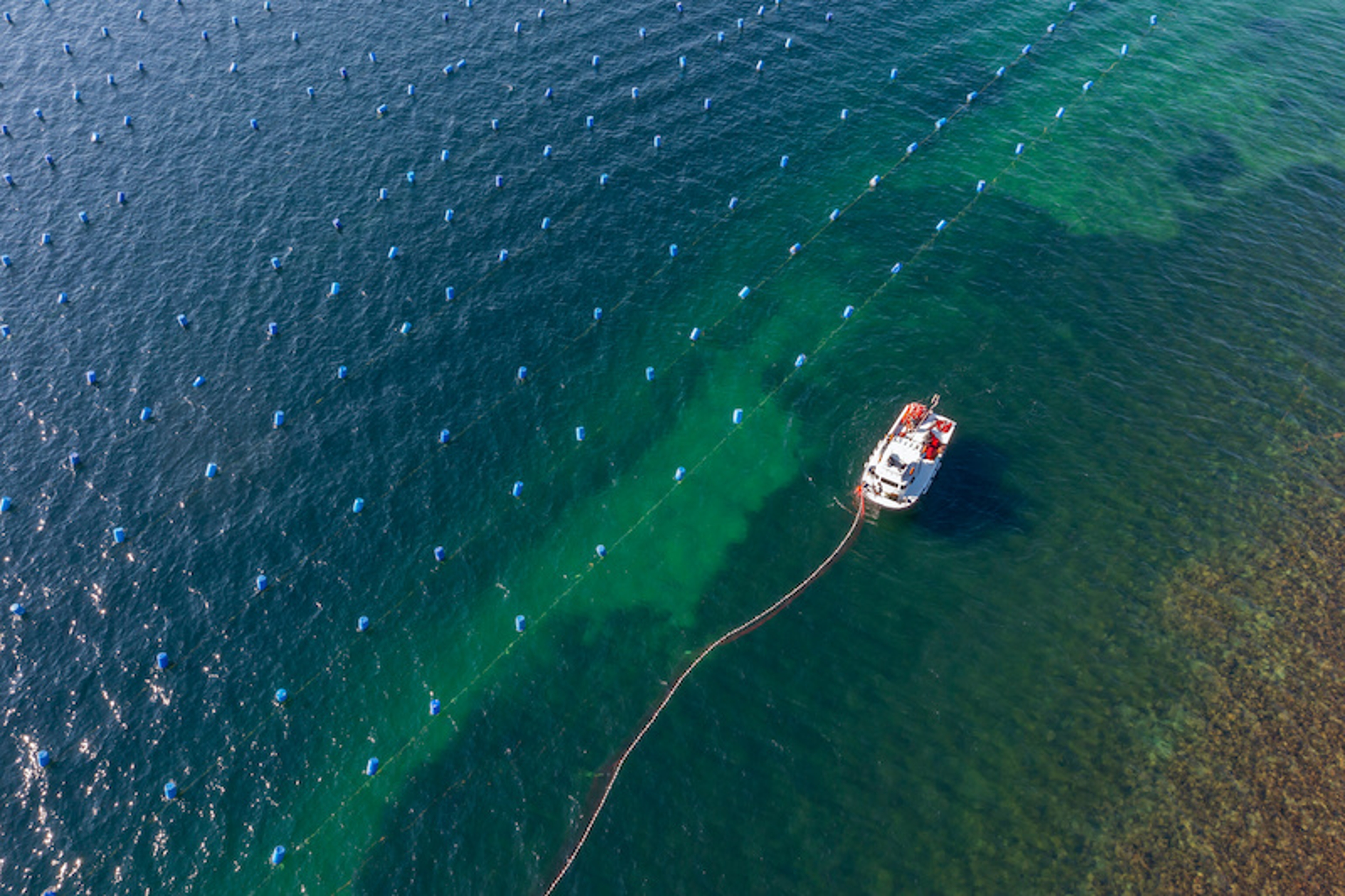
To produce rope-grown mussels, the kind Vital Choice sells, farmers first collect baby mussel seed on ropes near the shore. Then they put the seed into a long fabric pouch called a “sock,” many of which are attached to a long rope. The sock-rope is then attached to buoys, dropped into the water, and left in the ocean for a year or more. When the farmers return, they find bulging socks with mussels bursting out. They collect the mussels, pack them on ice, and return to the shore.
With 12 long ropes, a small farm can harvest up to 180,000 pounds of mussels each year, with minimal damage to the ocean ecosystem.
It’s also possible to farm mussels on rafts, or on installations at the bottom of the ocean.
You’re semi-vegan for fear of causing animals pain
Mussels have a limited nervous system. You’ll need to cook them while they’re still alive, but, without a central nervous system, it’s unlikely they feel pain.
You’re trying to build muscle
If you want big muscles, what should you eat? Mussels! (Yes, I need more time with small children.)
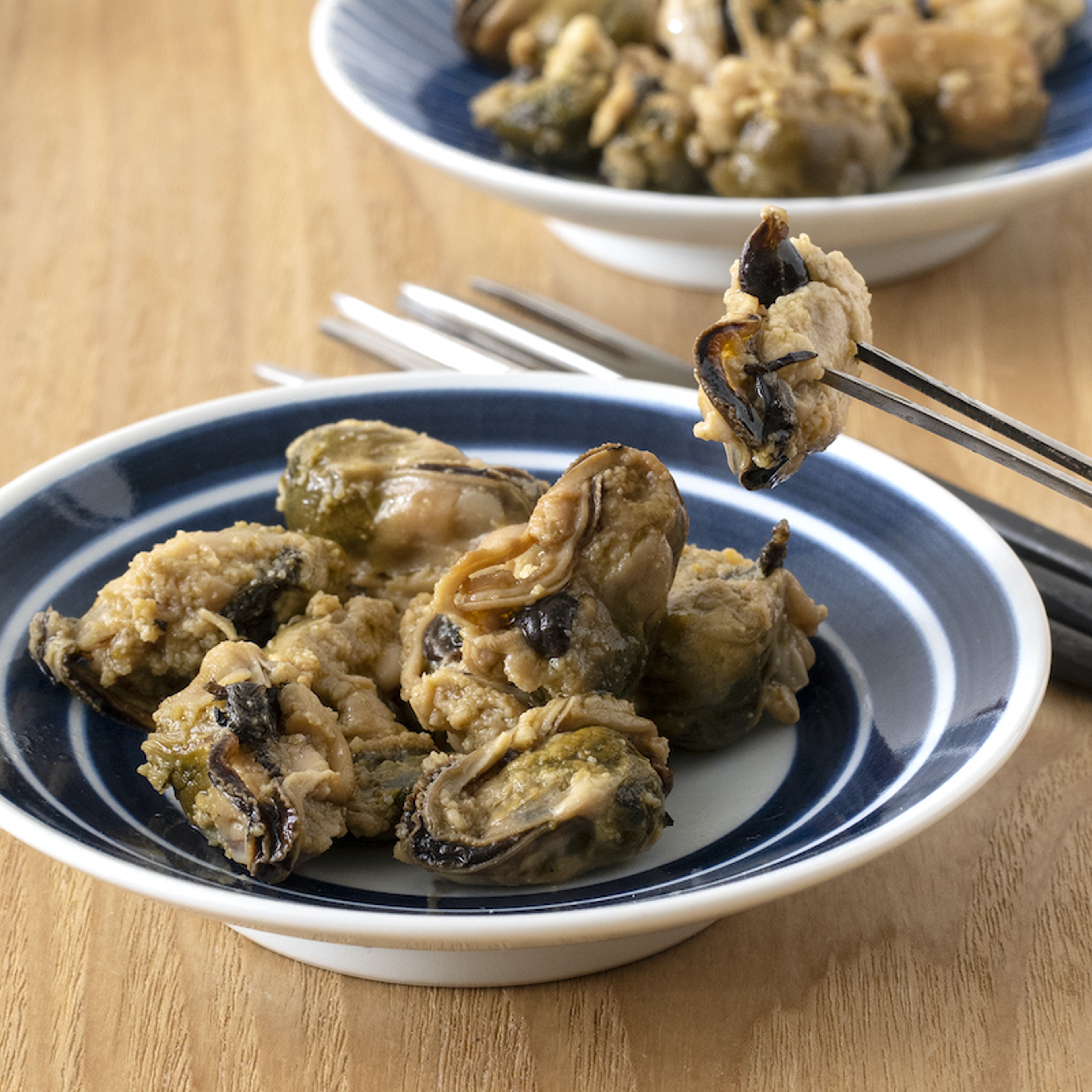
Seriously, mussels are a super-protein and much evidence suggests that eating protein helps us build muscle if we’re also working out. Twenty to 30 grams of protein, just what you’d get from a pound of mussels, at every meal will help you to maximize muscle mass, notes nutritionist Andrea D’Ambrosio, who adds that beyond 30 grams, your body tends to stop absorbing protein.
You’re trying to lose fat
Slimming down is famously tricky. One of the most promising strategies, for example, is intermittent fasting, when you don’t eat for 12 hours or more at a stretch, often overnight. But new research suggests that you could lose more muscle than fat, possibly because you end up eating less protein.
Among the many diets available, low-carb/high-protein diets currently seem most effective for weight loss. Mussels are perfect, as they pack a nutritious wallop. The frites on the side …not so much. You could have fun scooping up your sauce with a shell – kids love mussels for precisely this reason, and why should they have all the fun?
In short, there are few kinds of seafood – or foods of any kind - that concentrate as many nutrition, flavor, and environmental advantages into each bite-sized morsel.




